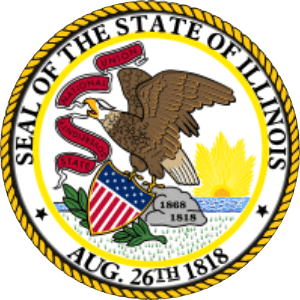I have been extremely happy with my partnership with US Imaging. Since the beginning of the project, they have been with us every step of the way. My office was being relocated and the new office did not have the physical space for all of my land record books. Scott Robinson prioritized this project, directing his team to scan over 2,000,000 images within eight weeks. After the initial scan was done, the US Imaging team continued to work with us, side-by-side, until my staff understood the project.

US IMAGING IS LEADING THE WAY IN BOOK SCANNING
We utilize custom scanners and proven processes to overcome common challenges associated with book scanning. Our thorough understanding of the origins of the books enables us to deliver unsurpassed quality and accuracy.
Index Books
Handwritten and typed index books were created from the 1600s through the 1970s to locate documents by owner or location until computer databases began replacing the need for paper index books.
The Challenge
Pages within index books are typically too large to fit in a traditional paper scanner and are often folio format, which requires capturing the page on the left and the page on the right as a single continuous image. Also, color coded entries were utilized to identify when liens had been released and these important entries are susceptible to fading over time.
The Solution
The large-format scanners in our mobile fleet can scan index books, edge-to-edge, without losing important information. Our advanced enhancement software revitalizes faded colored ink in your final digital images.
Handwritten Books
Handwritten books in the US were created from the 1600s to the early 1900s and were purchased with 600-640 blank pages inside of a bound (sewn) binder that cannot be removed. The County Scribe(s) would copy an abstract of the original documents by hand onto the blank pages. The contrast of the handwritten information varies greatly by the amount of ink that was utilized.
The Challenge
Some handwritten data is very close to the spine of the bound book and the curvature of the page can cause data to be illegible or lost. Removing pages from the binder can accidentally cut into data and delete data from the pages.
The Solution
We use specialized book cradles to capture edge-to-edge scans without removing pages from books.
Typed Books
Typed books were created from the early 1900s to the 1930s with punch-hole pages and stored in mechanical binders that can be removed and reassembled to accommodate the accumulation of pages. These books typically contain 600-1,000 pages that are too large to scan on a traditional paper scanner.
The Challenge
The contrast of the typed text varies greatly as the ink would become lighter and uneven with each rotation of the ribbon. Uneven pressure of the key strike and broken characters on keys also compound the poor quality of the typed text.
The Solution
Our sophisticated enhancement software revives faded or illegible type, making these pages easier to read.
Photostat Books
Photostat copies were created from the 1920s through the 1960s as the first photocopying technology that is a negative (black page, white text) copy of the original page. Because these pages were developed one at a time, contrast can vary greatly from page to page. Extremely light text and dark text on the same page is common and backside bleed-through often conceals data on the front side of the photostat. Small certificate pages were often put through the photostat machine twice and appear as a positive copy on the same page as a negative copy, this dual polarity creates an extremely large file size when saving the image in TIFF format. Many times, the black copy of the original page is surrounded by a large white margin and many pages contain Book-Page numbers, reference Book-Page numbers or release of notations in these margins. Marginal notations become part of the recorded document and turn black with white text when the rest of the photostat page becomes white with black text. The white portion of Photostat pages begin to turn yellow or gray if not stored properly.
The Challenge
Photostats are typically the most challenging pages to capture as a legible black and white TIFF.
The Solution
We can reverse all polarity within the page, including the marginal notations and dual polarity within the doc stamps without compromising image quality.
Copyflo Books
Copyflo books are actually prints from microfilm that were printed by a high speed printing machine from the 1960s through the 1990s. These pages are typically a reduced size that is smaller than the original pages and are stored in removable plastic binders.
The Challenge
While these pages can be scanned by a traditional scanner, the quality is typically very poor as the microfilm is the original and the Copyflo page is a blurry copy of the original. The reduced size of the Copyflo page also compounds the poor quality of the image.
The Solution
We highly recommend scanning these pages from the original microfilm instead of the Copyflo books.


Kelly Fisher
Recorder (2012 - Present)
Rock Island County
